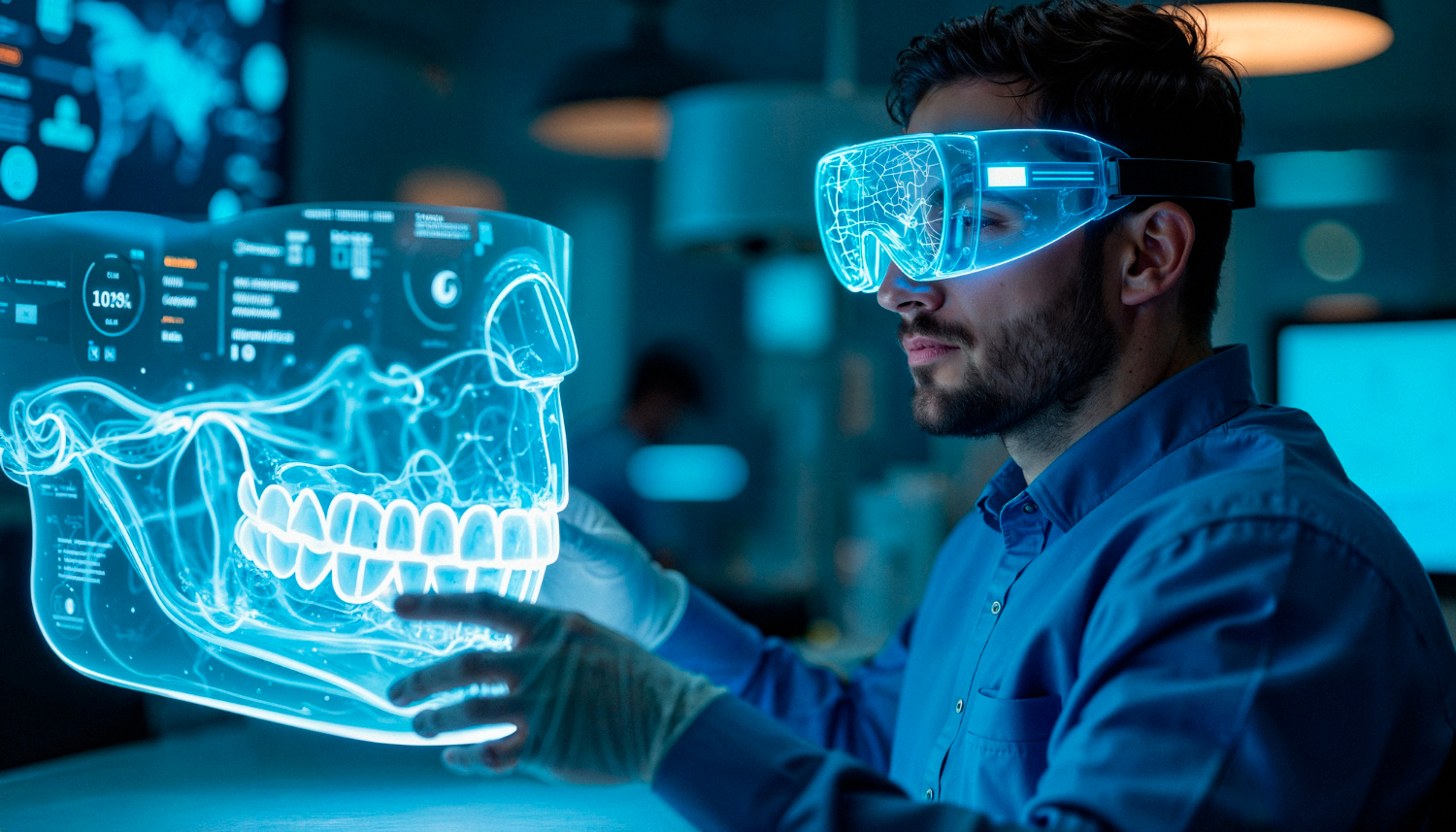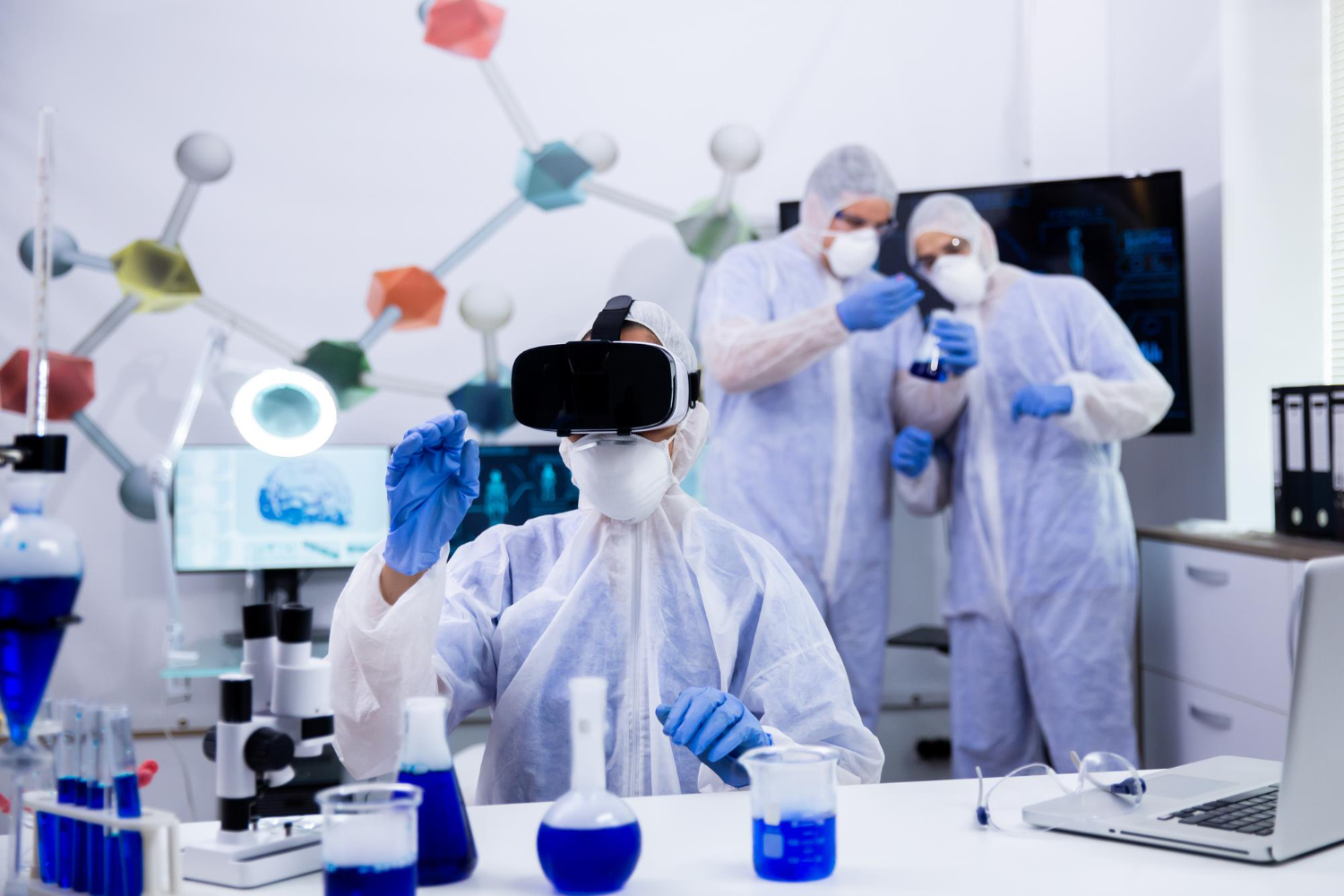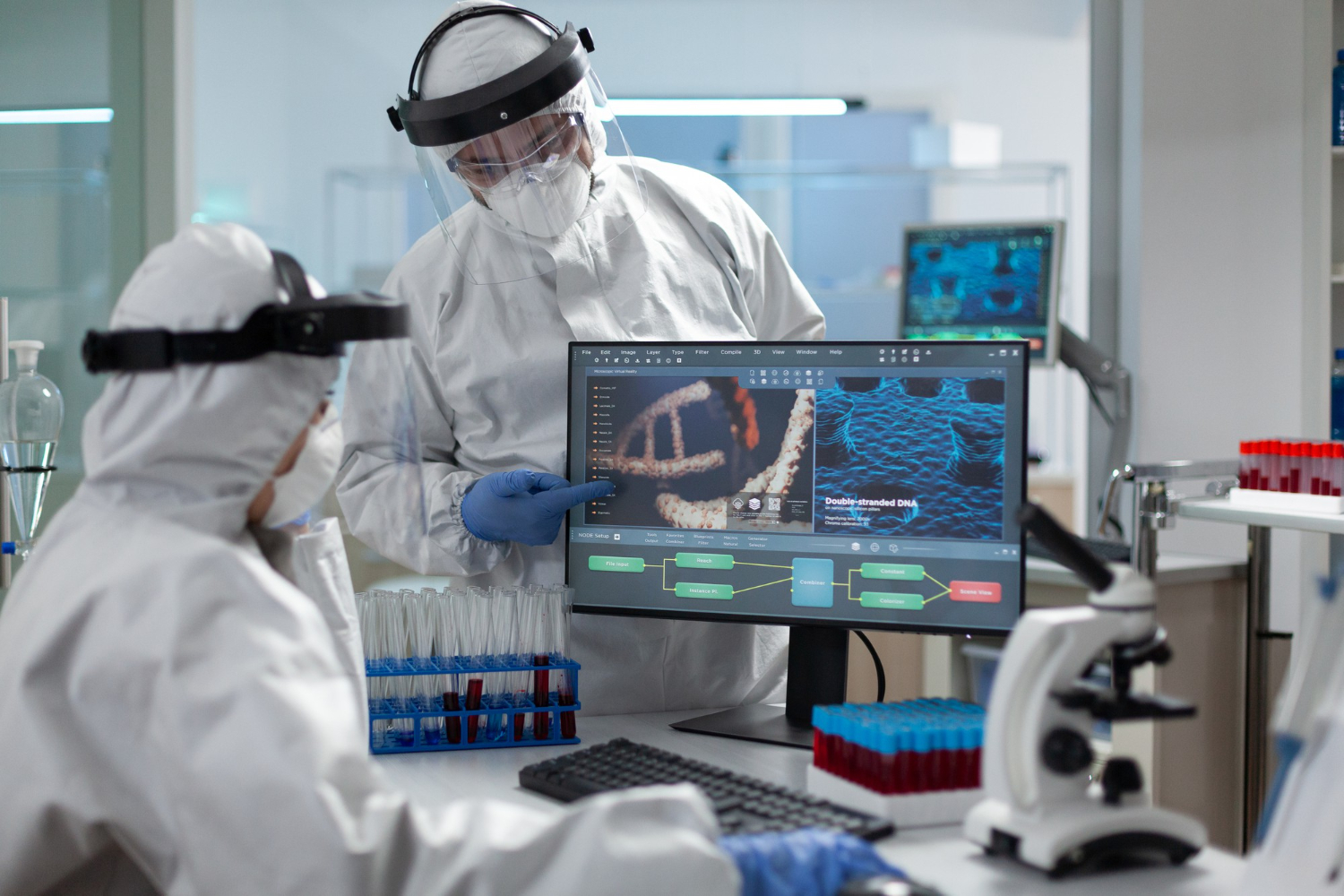Smart Video Surveillance with Computer Vision
Video surveillance is now smarter and faster. Thanks to advances in computer vision, many tasks once done manually are now handled by machines. This shift means improved efficiency, better safety, and quicker response times.
Computer vision is a field of AI that enables computers to understand and process digital images and video footage. It makes sense of what is seen through surveillance cameras, allowing machines to react to events in real time.
The main goal is simple. Let machines assist humans in keeping areas safe and secure. With the right tools, systems can detect problems the moment they occur and alert people who need to know.
From Watching to Understanding
Traditional systems relied on people to watch video recorders and react to what they saw. This was slow, tiring, and often unreliable. Now, smart security uses machine learning and object detection to track activity without human input.
Convolutional neural networks help in these tasks. They are trained to identify patterns in images. This includes faces, vehicles, or suspicious movements. The same systems also use image classification to sort different types of activity or objects.
These techniques are the backbone of computer vision work in surveillance. When a person walks into a restricted area, the system detects it. If a car stops where it shouldn’t, the system sends an alert. Everything happens through real-time video processing.
Read more: Facial Recognition in Computer Vision Explained
Real-Time Action and Response
Real-time video is key to smart surveillance. Systems process live footage to find issues as they happen. This makes it easier to respond before things go wrong.
Object tracking plays a big role. It follows a person or object across multiple cameras. This is helpful in large areas where one camera alone cannot capture everything. If someone moves through different zones, the system follows and logs the movement.
This data also helps in later investigations. Because the system has tracked a person or item, it’s easier to find all related footage quickly.
Reading What the Eye Can’t
Optical character recognition adds another useful layer. It reads text in images, such as number plates, signs, or package labels. This means a camera can check vehicle numbers or see if a label matches a known record.
It can also support tasks like logging vehicle entries and exits, checking deliveries, or identifying stolen items. The data can be stored and reviewed later, helping with enforcement or record-keeping.
Read more: Case-Study: Action Recognition for Security (Under NDA)
Always Available, Anywhere
Remote access is important in modern video surveillance. It allows users to see video feeds from anywhere using mobile devices. This makes it easy to check on your property while travelling or respond to a security alert when not on-site.
Surveillance cameras connect through IP cameras and cloud storage. This means video footage is backed up off-site. It protects against data loss if something happens to the physical system.
Cloud storage also allows sharing with others when needed. You can grant temporary access to staff, police, or technicians. It makes security systems more flexible and scalable.
Another important benefit of smart surveillance is how it reduces human error. Manual monitoring often leads to missed events, especially during long shifts or when many cameras need to be watched at once.
Computer vision never gets tired. It analyses digital images and video footage the same way every time. This helps ensure that no critical event goes unnoticed, whether it’s someone entering a restricted zone or a vehicle parked in the wrong place.
These systems also bring value beyond security. In business settings, video footage can help with staff training. Managers can use real examples to show how to improve service or safety procedures.
In retail, the data helps with understanding how customers move through stores. This helps improve layout and product placement.
For public areas, crowd control becomes easier with object tracking. You can see where people tend to gather or how they move during events. If a problem happens, such as a lost child or a medical emergency, staff can react faster. These real-time systems allow for quicker decisions when time matters most.
One growing use case is smart access control. By combining object detection with optical character recognition, businesses can replace keycards or PIN codes. The system checks faces or reads number plates before allowing entry. This improves security while also making access more convenient.
Computer vision also plays a role in keeping facilities clean and maintained. For example, if a bin is overflowing or a spill is seen on a floor, the system can alert cleaning staff. These small details make a big difference in how spaces look and feel.
Finally, smart security systems can support legal investigations. Because video recorders and surveillance cameras collect clear and sorted footage, they make it easier to provide evidence when needed. Clear digital images and accurate object tracking can help prove events and support fair outcomes.

Smart Security That Grows With You
Systems today can grow as your needs change. IP cameras and cloud solutions allow easy expansion. If you need to add more cameras or cover a bigger area, you don’t need to replace the whole setup.
Machine learning models also improve with time. They learn from new data and get better at their tasks. This means fewer false alarms and better object detection over time.
Enhanced security is no longer just about more cameras. It’s about systems that learn and adapt. They notice things people might miss and alert the right people faster.
Read more: AI in Security: Defence for All!
Solving Daily Problems
These systems are not only for high-security locations. They solve real-world problems in everyday places.
Shops use them to prevent theft. Warehouses track deliveries and stock movements. Offices monitor who enters and leaves. Schools keep students safe.
The same tools help with traffic control in cities, checking how vehicles move and spotting accidents. In public transport, systems detect fights, vandalism, or people needing help.
By solving real-world problems, computer vision makes daily life smoother and safer. It reduces the pressure on staff and improves how spaces are used.
The Role of TechnoLynx
At TechnoLynx, we build smart systems that solve real problems. We help you use computer vision and machine learning to make your video surveillance systems more intelligent and more useful.
We design custom object detection and tracking systems tailored to your needs. Whether it’s a small business or a large public space, we help you choose the right tools and set them up correctly.
Our solutions support IP cameras, cloud storage, mobile devices, and more. We make sure you get real-time video access with the flexibility to grow.
We also train models for image classification, character recognition, and other tasks. With TechnoLynx, your surveillance cameras won’t just record—they will understand and help.
Continue reading: Explainability (XAI) In Computer Vision
Conclusion
Video surveillance is changing fast. Computer vision work allows systems to understand what they see. From object tracking to optical character recognition, these tools improve safety and help solve everyday challenges.
With remote access, cloud storage, and smart IP cameras, systems now provide constant, flexible, and intelligent monitoring.
At TechnoLynx, we build these systems for you. Whether you’re adding smart features to an existing setup or starting from scratch, we make sure your video surveillance works harder and smarter. Contact us now to learn more!













